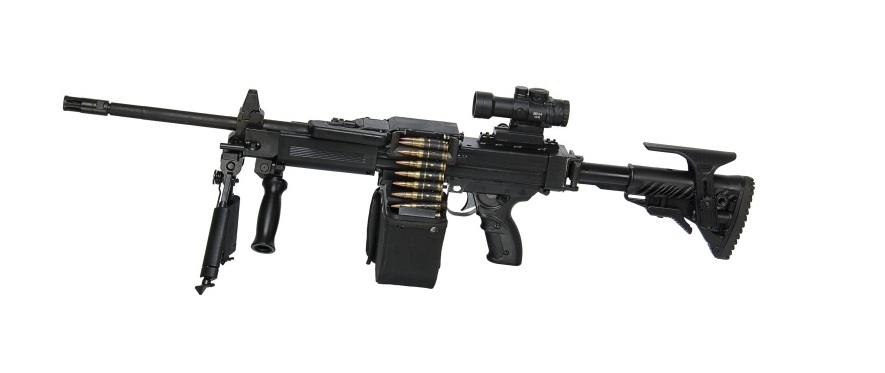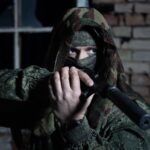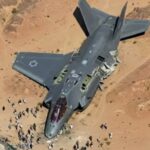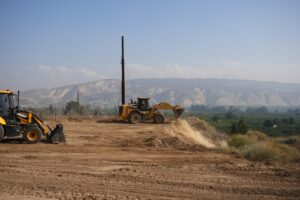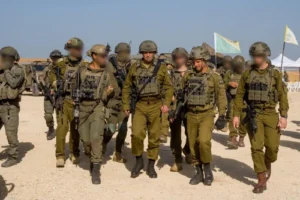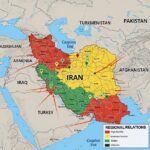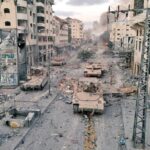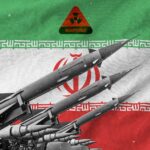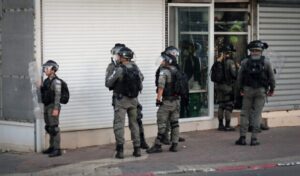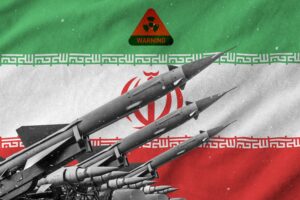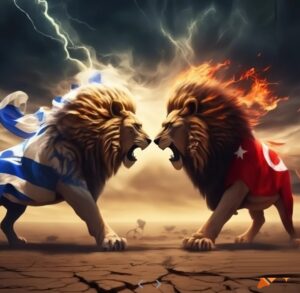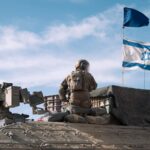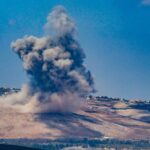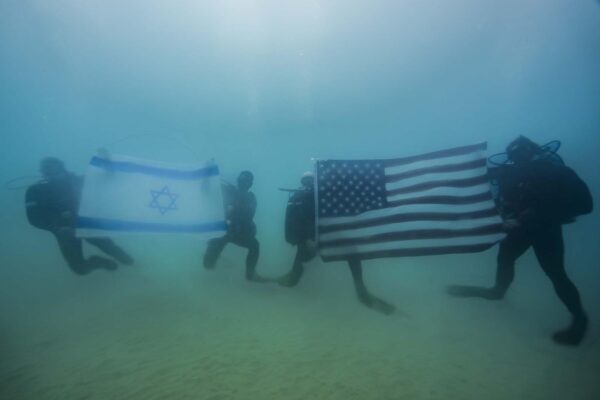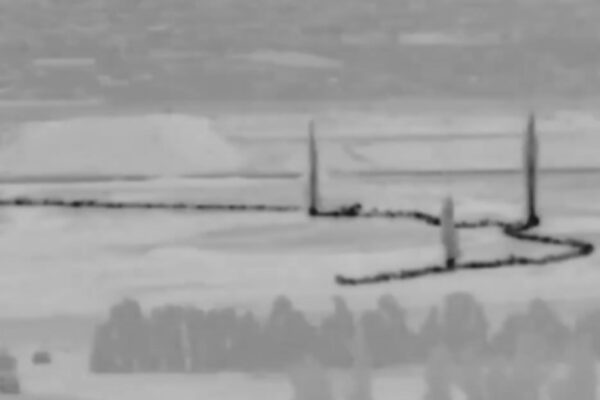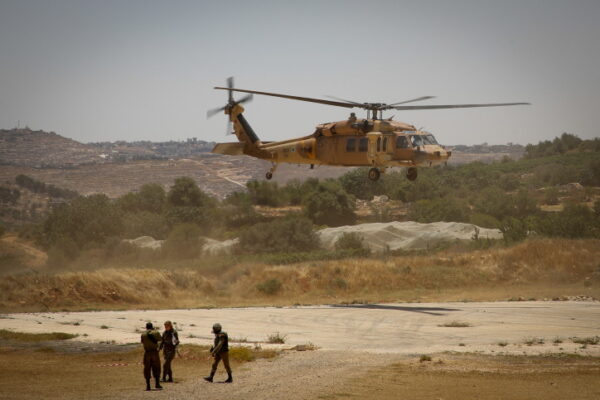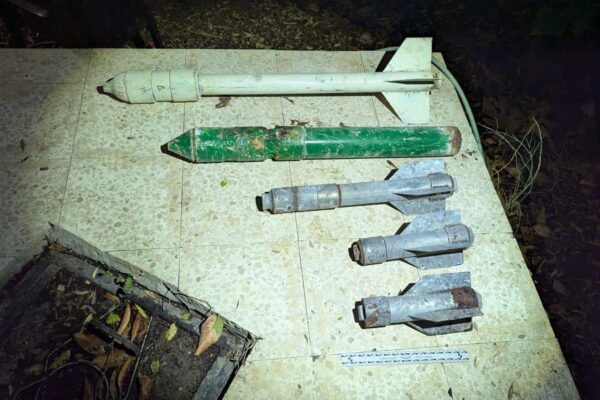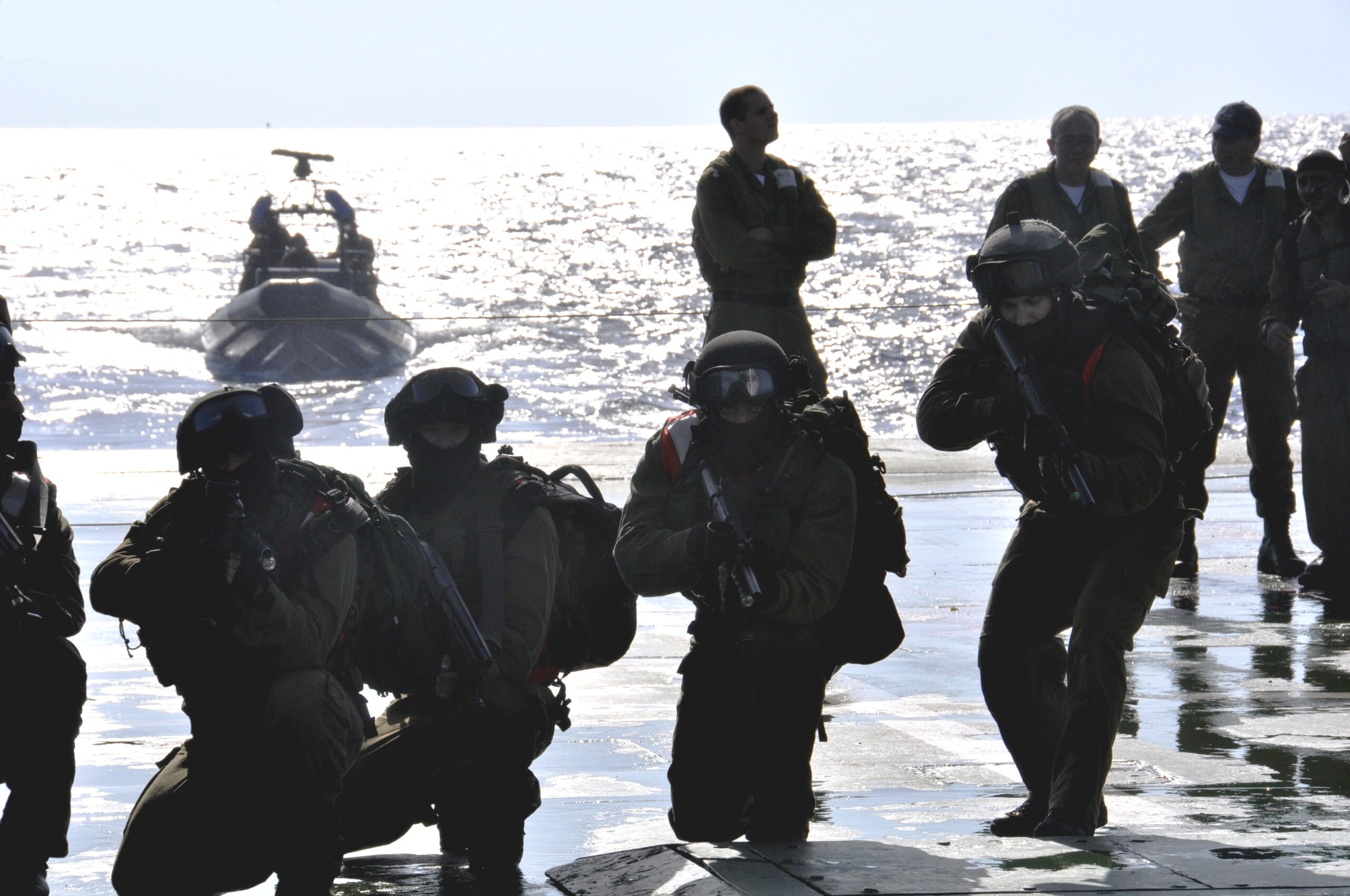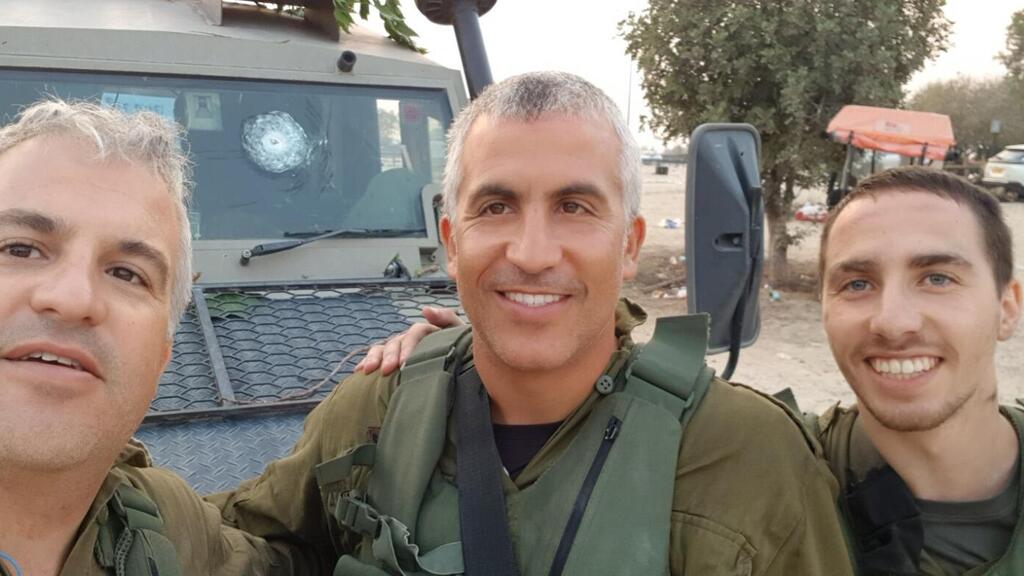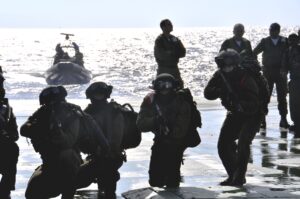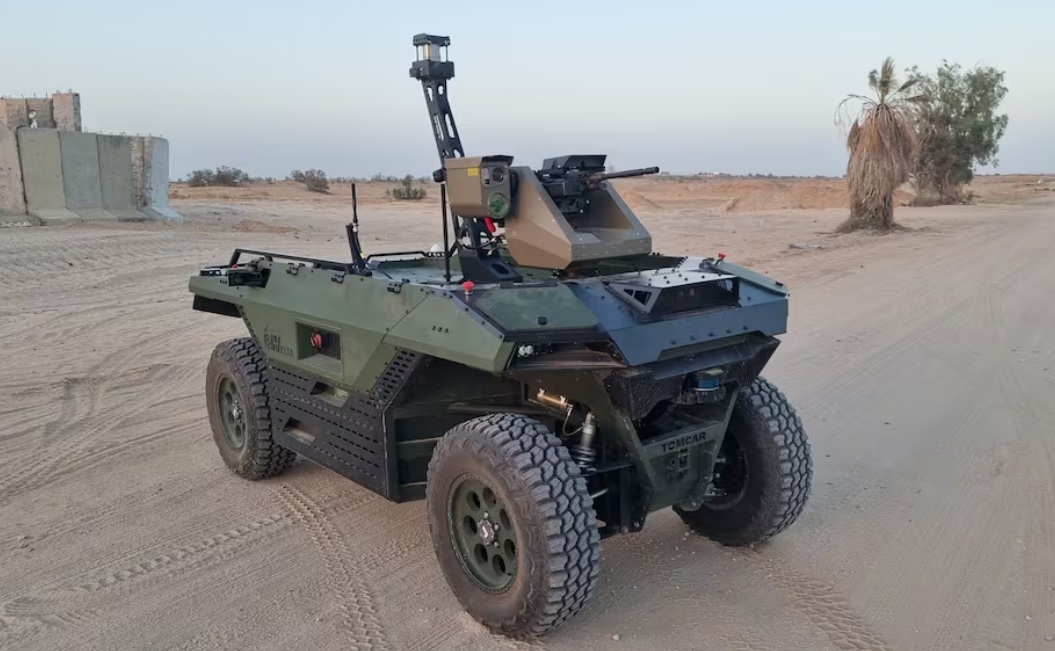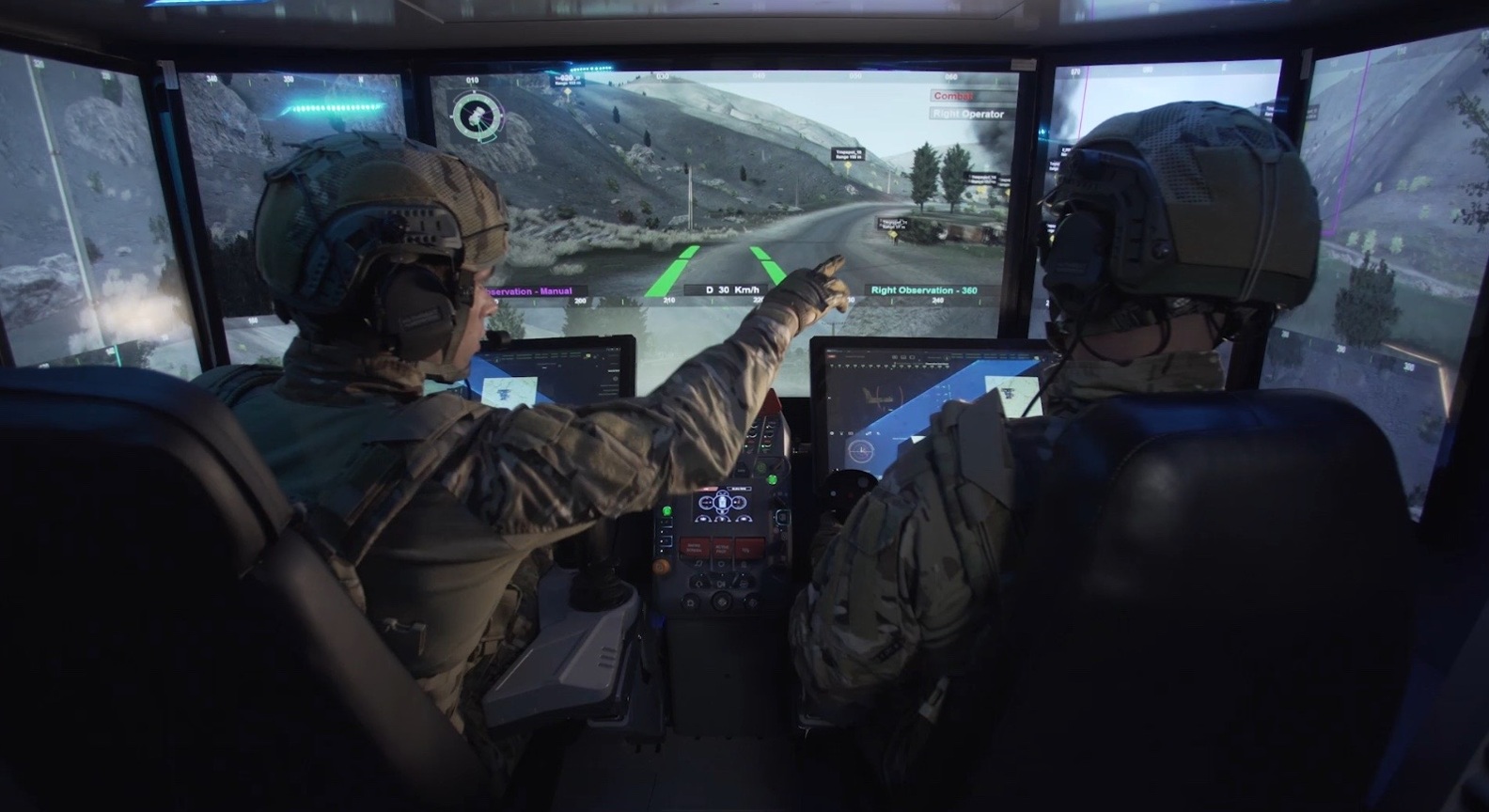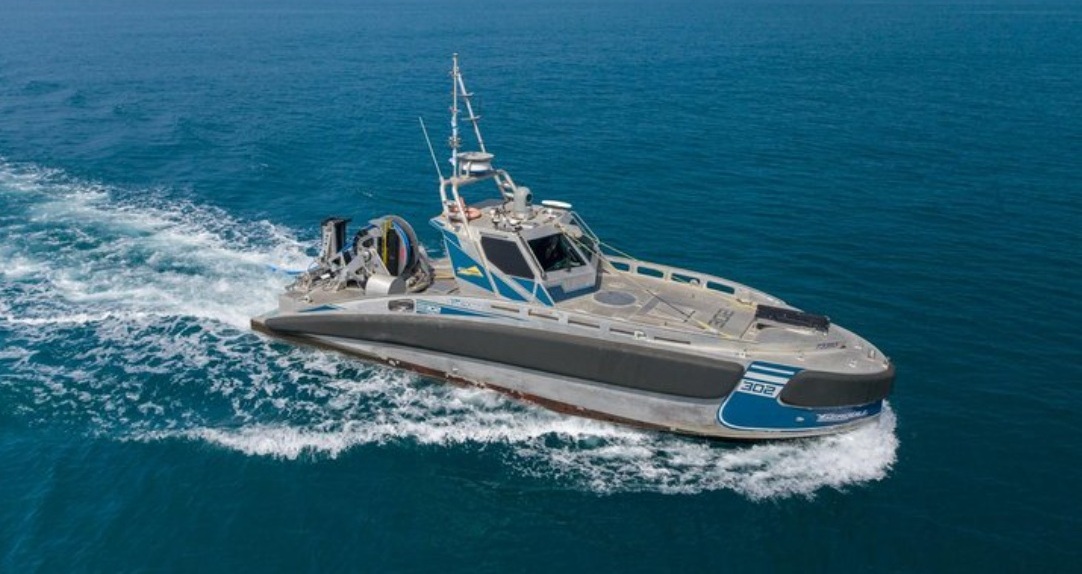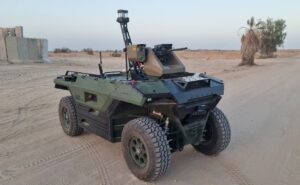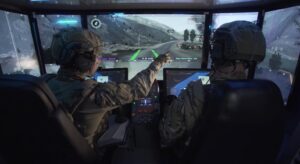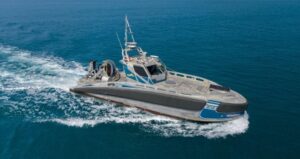The new Negev NG-7 offers improved ergonomics, lighter weight, and modern features like better optics compatibility.
By Hezy Laing
The FN MAG machine gun has played a pivotal role in the history of the IDF for some 70 years, serving as a cornerstone of its firepower capabilities across decades of conflict and modernization.
Originally adopted by the IDF in the mid-20th century, the FN MAG (short for Mitrailleuse d’Appui Général) is a Belgian-designed general-purpose machine gun known for its reliability, precision, and adaptability.
It quickly became a favored weapon for infantry support, defensive positions, and vehicle-mounted operations. Its robust design allows for sustained suppressive fire, making it invaluable in both offensive and defensive scenarios.
Over the years, the IDF has integrated the FN MAG into a wide range of platforms, including armored vehicles, helicopters, and naval vessels.
Its versatility has made it a trusted tool in urban warfare, border defense, and open-field combat.
The weapon’s ability to deliver continuous fire under harsh conditions has earned it a reputation as one of the most dependable machine guns in the Israeli arsenal.
But now the IDF is gradually replacing the foreign made FN MAG with newer Israeli IWI Negev machine guns, particularly the Negev NG-7, which is chambered in the same 7.62×51mm NATO round as the FN MAG.
The Negev NG-7 offers improved ergonomics, lighter weight (8 kg instead of 12kg), and modern features like better optics compatibility and modular design.
The IDF placed a significant order, worth $20 million, for Negev machine guns following their performance in the recent Swords of Iron War, signaling a strong endorsement of the platform.
While the FN MAG remains in service, especially in vehicle-mounted and heavy support roles, the Negev NG-7 is increasingly favored for infantry use, thanks to its mobility and versatility.
This shift reflects the IDF’s broader modernization efforts, aiming to equip soldiers with more agile and adaptable weaponry.


